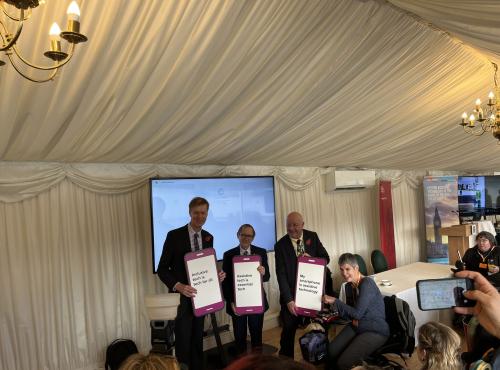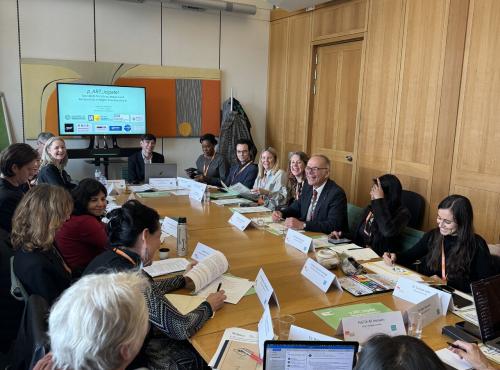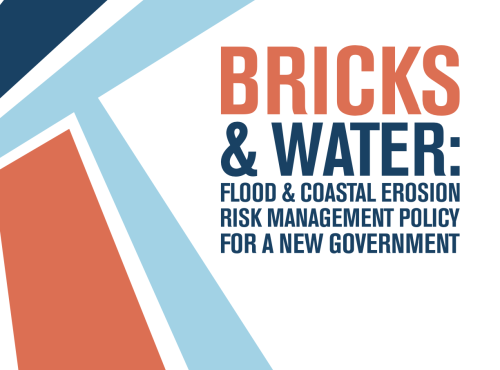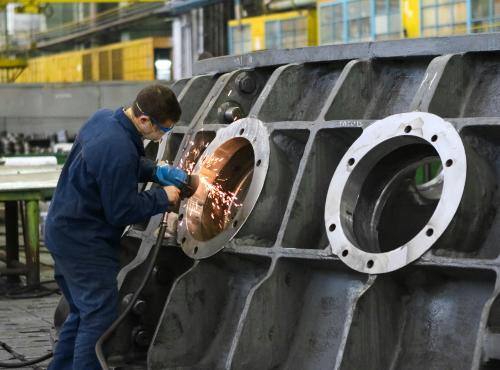7 things you should expect from the Autumn Statement this year
The Autumn Statement is fast approaching, and as ever Policy Connect’s team is working to predict what it might contain. Here are some things you should expect to hear from the Chancellor on November 23rd.
1. Brexit is going to be the elephant in the room. Don’t be surprised to hear Brexit is on the lips of every Parliamentarian in Westminster. It is undoubtedly the biggest challenge our country has faced for some time. At the moment, the hot topics seem to be around exporting, skills and regulation in sustainability. We are planning our ‘Brexit: A Sustainable Future’ seminar series at the moment, which will be launching on 29th November.
2. We’re going to hear about the industrial strategy. On 23rd November, All-Party Parliamentary Manufacturing Group Chair and Department for Business, Energy, Innovation and Skills Select Committee member, Chris White MP initiated a parliamentary debate about the next step for industrial strategy. You can watch the debate back here.
Chris opened the debate by backing the British manufacturing sector and calling for the strategy to recognise the long-term benefits of the UK’s strengths in Industry 4.0 – the increasing trend towards data enabled and automated manufacturing and services. As APMG member and Shadow Industrial Minister, Chi Onwurah, stated: “It’s crucial for this House to show the nation and the world that industry is what we are about.”
3. The Government will want to focus on energy. Expect to see an increased concern for energy security, affordability and sustainability, as the Government has just announced plans to upgrade UK energy infrastructure and increase clean energy investment.
Carbon Connect is currently launching its Future Gas inquiry. The Future Gas Series will draw on the recent work which has demonstrated the considerable potential for low carbon gas to contribute to the UK’s attempts to decarbonise heat at an affordable cost (as well as make a contribution to this objective in other sectors) and, in particular, assess the practical steps which are required to achieve this.
4. Housing is going to be a key word. New homes are needed across the country, to raise living standards and house our population. Will the Chancellor announce additional funding to meet the Government’s ambition to deliver one million new homes by 2020? Will there be any incentives for home builders and existing home owners for investing in energy efficiency measures, as urged by the Warmer & Greener report? Will the most fuel-poor also be protected against faulty carbon monoxide emitting heating systems?
5. The National Health Service is seeing ever more reforms. Digital transformation, funding changes, hospital closures, workforce management and Fit for Work are all topics that are swirling around the NHS at the moment. In 2015, Chancellor George Osbourne made huge announcements of funding being funnelled into mental health services, and the sugar tax being used to fund children’s sports. What will Phillip Hammond have in store for us this year?
6. Research and development funding had a big question mark over it. After the Brexit vote this June, research and development funding from the European Union has already begun to decline for universities and the third sector. The All-Party Parliamentary Design & Innovation Group, alongside the DBA, has set out the case for continued government support for the British design sector, with particular reference to the vital role played by research and development tax credits in a submission to the Treasury ahead of the Statement.
In fact, the APDIG has already welcomed news as the Prime Minister commited to £2bn extra spending on R&D - as called for in their Treasury submission.
7. We are expecting announcements on apprenticeships and funding for ‘opportunity areas’ and new institutes of technology. Opportunity areas are major brownfield sites which will provide significant opportunity for development to meet housing or commercial needs. Alongside these developments, existing transport infrastructure can also be improved.
Thinking about these, alongside the ever-popular apprenticeships, it is estimated that in London alone these opportunity areas can accommodate at least 5,000 jobs and 2,500 new homes. Perhaps apprenticeships and institutes of technology will come into play with developing these sites (much like they have with HS2?)
Finally
Expect the unexpected? We suggest this with some trepidation, but as 2016 has certainly been a year of uncertainty, it’s only right that we don’t rule it out!



